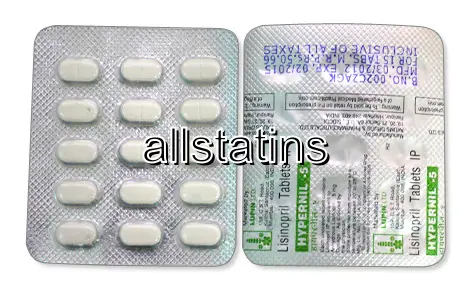| Package | Dosage | Price | Price per Dose | |
|---|---|---|---|---|
| Dosage: 5mg | ||||
| 270 pill | 5mg | $315.73 | $1.17 | |
| 180 pill | 5mg | $242.17 | $1.35 | |
| 120 pill | 5mg | $182.97 | $1.52 | |
| 90 pill | 5mg | $154.27 | $1.72 | |
| 60 pill | 5mg | $120.18 | $2.01 | |
| 30 pill | 5mg | $75.33 | $2.49 | |
| Dosage: 10mg | ||||
| 270 pill | 10mg | $629.68 | $2.33 | |
| 180 pill | 10mg | $504.10 | $2.80 | |
| 120 pill | 10mg | $356.99 | $2.98 | |
| 90 pill | 10mg | $288.82 | $3.21 | |
| 60 pill | 10mg | $226.03 | $3.77 | |
| 30 pill | 10mg | $156.06 | $5.22 | |

Lisinopril Description
Introduction to Lisinopril
Lisinopril is a widely used medication prescribed in the United States to help manage high blood pressure (hypertension) and heart failure. It belongs to a class of drugs known as ACE inhibitors, which work by relaxing blood vessels, making it easier for the heart to pump blood throughout the body. Proper control of blood pressure is crucial in preventing serious health problems such as stroke, heart attack, and kidney damage.
How Lisinopril Works
This medication blocks the formation of a natural chemical in the body called angiotensin II. This chemical narrows blood vessels, raising blood pressure. By inhibiting its production, Lisinopril causes blood vessels to relax and widen, leading to lowered blood pressure and improved blood flow. It also helps reduce the strain on the heart, which is beneficial for patients with heart failure.
Usage and Dosage
Lisinopril is typically prescribed once daily, with or without food. The dosage varies depending on the condition being treated and the patient's response. It is important to follow the specific instructions given by your healthcare provider. Regular monitoring of blood pressure is necessary to ensure the medication's effectiveness and to adjust the dosage if needed.
Reviews and Patient Experiences
Many patients in the U.S. report positive results from using Lisinopril. They appreciate its effectiveness in lowering blood pressure and preventing hypertensive crises. Some users note that they experience mild side effects, such as a dry cough or dizziness, especially when they first start the medication. However, these often diminish over time. It is common for patients to feel more energetic and healthier once their blood pressure is under control.
Possible Side Effects and Precautions
While generally well-tolerated, Lisinopril can cause side effects. Common ones include cough, headache, fatigue, and sometimes elevated blood potassium levels. Rare but serious effects can involve swelling of the face, lips, or throat, which requires immediate medical attention. Patients with kidney problems or those taking other medications should discuss their full medical history with their healthcare provider before starting Lisinopril.
Availability and Considerations in the USA
Lisinopril is available at most pharmacies across the United States. It is often covered by insurance plans, making it an affordable option for many patients. When purchasing online, it is important to choose reputable pharmacies that require a valid prescription. Self-medicating without medical guidance is not recommended, as proper dosage and monitoring are essential for safety and effectiveness.
Conclusion
Lisinopril remains a trusted choice for managing hypertension and heart failure in the U.S. Its proven effectiveness and availability make it a common component of many treatment plans. Patients should maintain regular check-ups with their healthcare providers and report any unusual symptoms to ensure optimal use of this medication. Proper adherence to prescribed guidelines guarantees the best possible health outcomes.